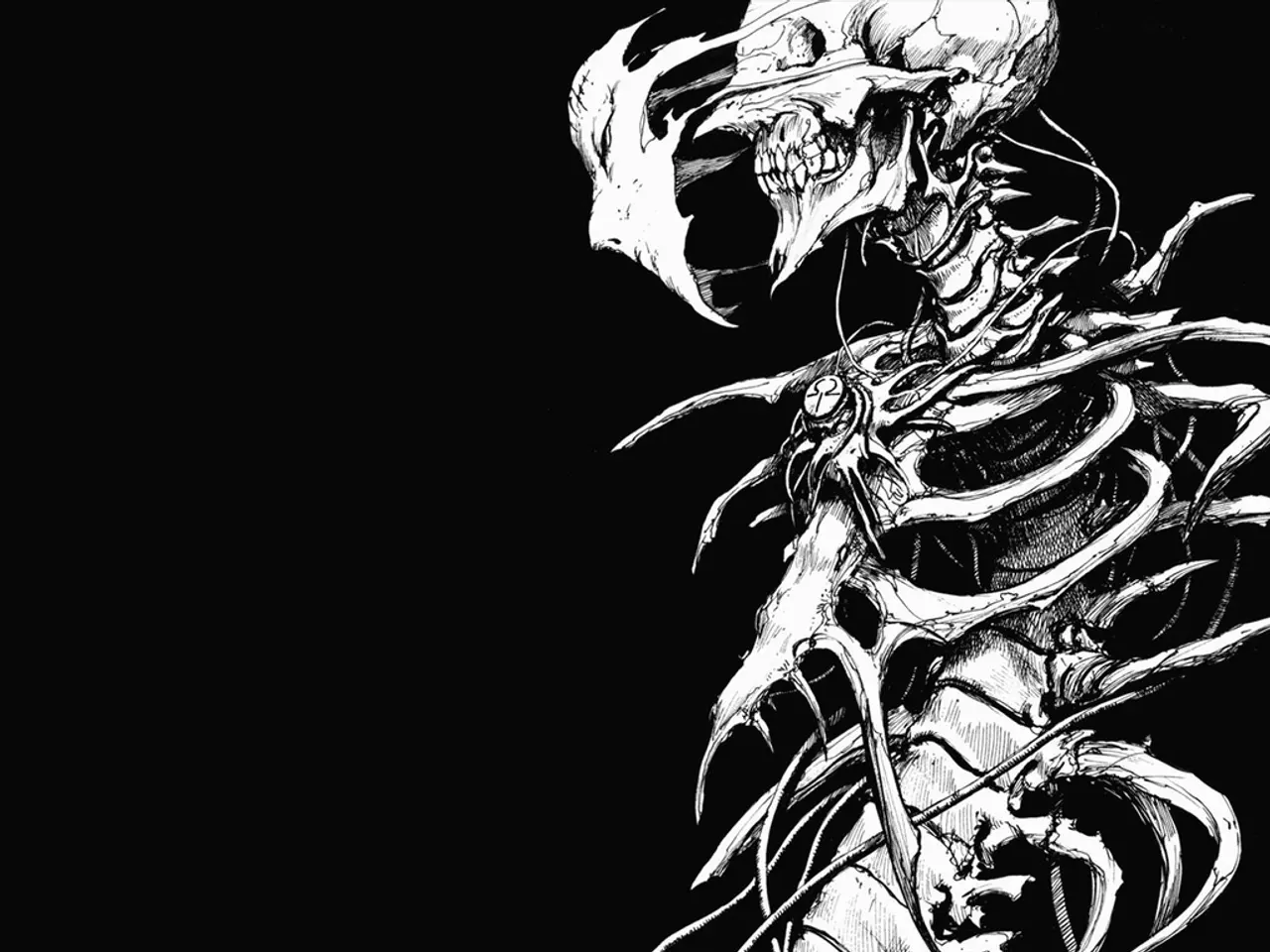Schizoeffective disorder: Characteristics, origins, and identification methods
In the realm of mental health, understanding and early detection of conditions like schizoaffective disorder is crucial. This disorder, as defined by the DSM-5, is a complex illness that involves symptoms of both psychosis and mood disturbances, falling somewhere between schizophrenia and bipolar disorder.
Early signs and symptoms of schizoaffective disorder can be subtle and may often be overlooked. Social withdrawal, where an individual starts to pull away from friends, family, and previously enjoyed activities, is a common early warning sign. Cognitive difficulties, such as problems with memory, attention, concentration, and disorganized thinking or speech, are also early indicators.
Mood swings and emotional changes, rapid or extreme fluctuations in mood, are typical early symptoms. These fluctuations can manifest as depression, irritability, or mania. Hallucinations and paranoia may also begin subtly and worsen over time.
A noticeable decline in functioning, such as drops in academic, work, or social performance, can signal the onset of schizophrenic or schizoaffective prodrome. Sleep disturbances and poor self-care may also be early indicators of emerging psychosis.
Various studies have attempted to identify the prodromal symptoms of schizophrenia, but a consensus has yet to be reached. The DSM-5 criteria for schizoaffective disorder include several categories, such as schizophrenia with mood symptoms, mood disorder with schizophrenia symptoms, both a mood disorder and schizophrenia, and a non-schizophrenic psychotic disorder alongside a mood disorder.
Treatment for schizoaffective disorder typically involves a combination of medications, such as antipsychotics, antidepressants, or mood stabilizers, and psychological interventions like counseling. Antipsychotics are used to relieve psychotic symptoms, while antidepressants can reduce symptoms of major depression. Mood stabilizers help regulate the highs and lows of bipolar disorder in people who have bipolar-type schizoaffective disorder.
The diagnosis of schizoaffective disorder is based on a person's self-reported experiences and descriptions of unusual behaviour reported by others. A medical professional will make the diagnosis based on the presence of schizophrenia symptoms, mood disorder symptoms, and the duration of these symptoms.
It's important to note that a person's risk of developing schizoaffective disorder may increase if a first-degree relative has the condition or other mental health conditions. Scientists believe that there may be a genetic component to the development of schizoaffective disorder.
Schizoaffective disorder can include symptoms such as auditory hallucinations, delusions, and paranoia. In some cases, it may also include symptoms of mania or depression, erratic speech or behaviour, and a lack of emotional expression and motivation. The type and level of treatment depend on the severity of symptoms and the subtype involved.
While treatment can help, it's important to remember that schizoaffective disorder is harder to treat than a mood disorder alone. However, with early detection, appropriate treatment, and support, those living with schizoaffective disorder can lead fulfilling lives.
- In the domain of medical-conditions, chronic diseases like schizophrenia, bipolar disorder, and their complex encounter, schizoaffective disorder, require thorough understanding and early detection.
- Respiratory conditions, digestive health, eye-health, hearing issues, and skin-conditions may not be directly related to schizoaffective disorder, but they are significant elements within the broader spectrum of health-and-wellness.
- Fitness-and-exercise plays a crucial role in overall well-being, which includes mental health, and can potentially contribute to improved coping strategies for managing mental health conditions like schizoaffective disorder.
- Autoimmune-disorders, neurological-disorders, and various skin-conditions might share some similarities with schizoaffective disorder, as they also involve intricate bodily processes and require careful monitoring and therapies-and-treatments.
- Nutrition plays a vital role in healthcare and wellness, influencing the management of various conditions, including schizoaffective disorder, cancer, and cardiovascular-health.
- Medicare programs can offer essential support for people dealing with schizoaffective disorder, as well as other chronic diseases and health complications.
- CBD, a compound derived from the cannabis plant, has been studied for its potential therapeutic benefits, including its role in mental-health and neurological-disorders, but more research is needed to fully understand its applications and safety.
- As schizoaffective disorder can be hereditary, understanding family history is essential for early detection and prevention, especially when first-degree relatives have the condition or other mental health issues.
- Mood swings, emotional changes, and hallucinations are common symptoms of schizoaffective disorder and other mental health conditions, making their recognition crucial for ensuring proper care and treatment.
- In addition to medication and counseling, lifestyle changes, such as adopting a healthy diet, regular exercise, and self-care practices, can contribute to effective management and improved quality of life for those living with schizoaffective disorder.
- Awareness, early detection, and access to appropriate treatment can help those living with schizoaffective disorder lead active, fulfilling lives, much like individuals managing other chronic diseases such as cancer, diabetes, and respiratory conditions.




